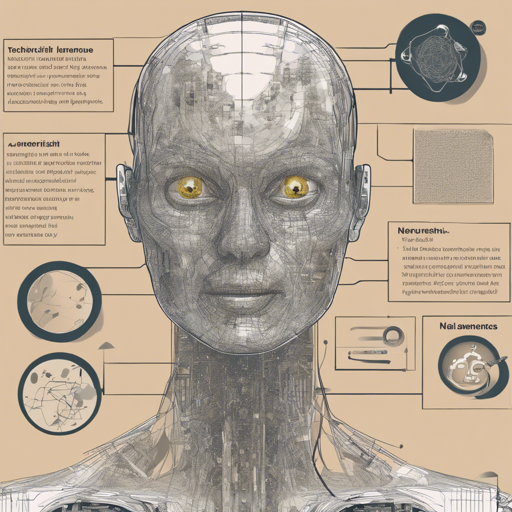Welcome to your comprehensive guide on utilizing a fine-tuned model for detecting gibberish sentences! In this blog, we will walk you through the usage of a binary classification model that can differentiate between gibberish and real sentences. This model leverages the power of the dbmdzbert-base-turkish-128k-uncased to accomplish its mission.
What is the Model About?
This model is tailored to identify nonsensical sentences—what we typically refer to as gibberish. For example, if you input something like “adssnfjnfjn”, the model should flag it as gibberish. Conversely, it should recognize valid sentences as real, making it a simple yet effective binary classification project.
Setting Up the Model
To get started, you will need to set up the model in a Python environment. Here’s how you can do it step-by-step:
Requirements
- Python installed on your machine
- Transformers library
- PyTorch or TensorFlow
Implementation
Follow these steps to implement the model:
python
from transformers import AutoModelForSequenceClassification, AutoTokenizer
import torch
import numpy as np
device = torch.device("cuda:0" if torch.cuda.is_available() else "cpu")
model = AutoModelForSequenceClassification.from_pretrained("TURKCELL/gibberish-detection-model-tr")
tokenizer = AutoTokenizer.from_pretrained("TURKCELL/gibberish-detection-model-tr", do_lower_case=True, use_fast=True)
model.to(device)
def get_result_for_one_sample(model, tokenizer, device, sample):
d = {1: 'gibberish', 0: 'real'}
test_sample = tokenizer([sample], padding=True, truncation=True, max_length=256, return_tensors='pt').to(device)
# test_sample
output = model(**test_sample)
y_pred = np.argmax(output.logits.detach().to("cpu").numpy(), axis=1)
return d[y_pred[0]]
sentence = "nabeer rdahdaajdajdnjnjf"
result = get_result_for_one_sample(model, tokenizer, device, sentence)
print(result)
Understanding the Code: An Analogy
Imagine you have a librarian (the model) who has spent years mastering the art of distinguishing between meaningful books (real sentences) and random jumbled pages (gibberish). When you hand the librarian a book (a sentence), she quickly checks her knowledge (the model’s learned parameters) to classify it as either a real book or just a pile of unrecognizable text. This is essentially what our code does—provides the librarian with the means to categorize the input based on its learned experiences.
Testing Your Model
After running the provided script, the model will give a response indicating whether the sentence is gibberish or real. For instance, if you input “nabeer rdahdaajdajdnjnjf”, the output would be `gibberish`.
Troubleshooting Ideas
If you run into issues, consider the following suggestions:
- Error in imports: Ensure all required libraries are installed using
pip install transformers torch. - Model loading issues: Double-check the model name for correctness and ensure it’s accessible from your environment.
- Device compatibility: Verify if your system supports CUDA if you’re trying to run on the GPU.
For more insights, updates, or to collaborate on AI development projects, stay connected with fxis.ai.
Conclusion
Congratulations! You are now equipped with the knowledge to implement a gibberish detection model using the dbmdzbert-base-turkish-128k-uncased model. This advancement in text classification is a significant step toward improving our ability to filter meaningful information from nonsensical data.
At fxis.ai, we believe that such advancements are crucial for the future of AI, as they enable more comprehensive and effective solutions. Our team is continually exploring new methodologies to push the envelope in artificial intelligence, ensuring that our clients benefit from the latest technological innovations.

